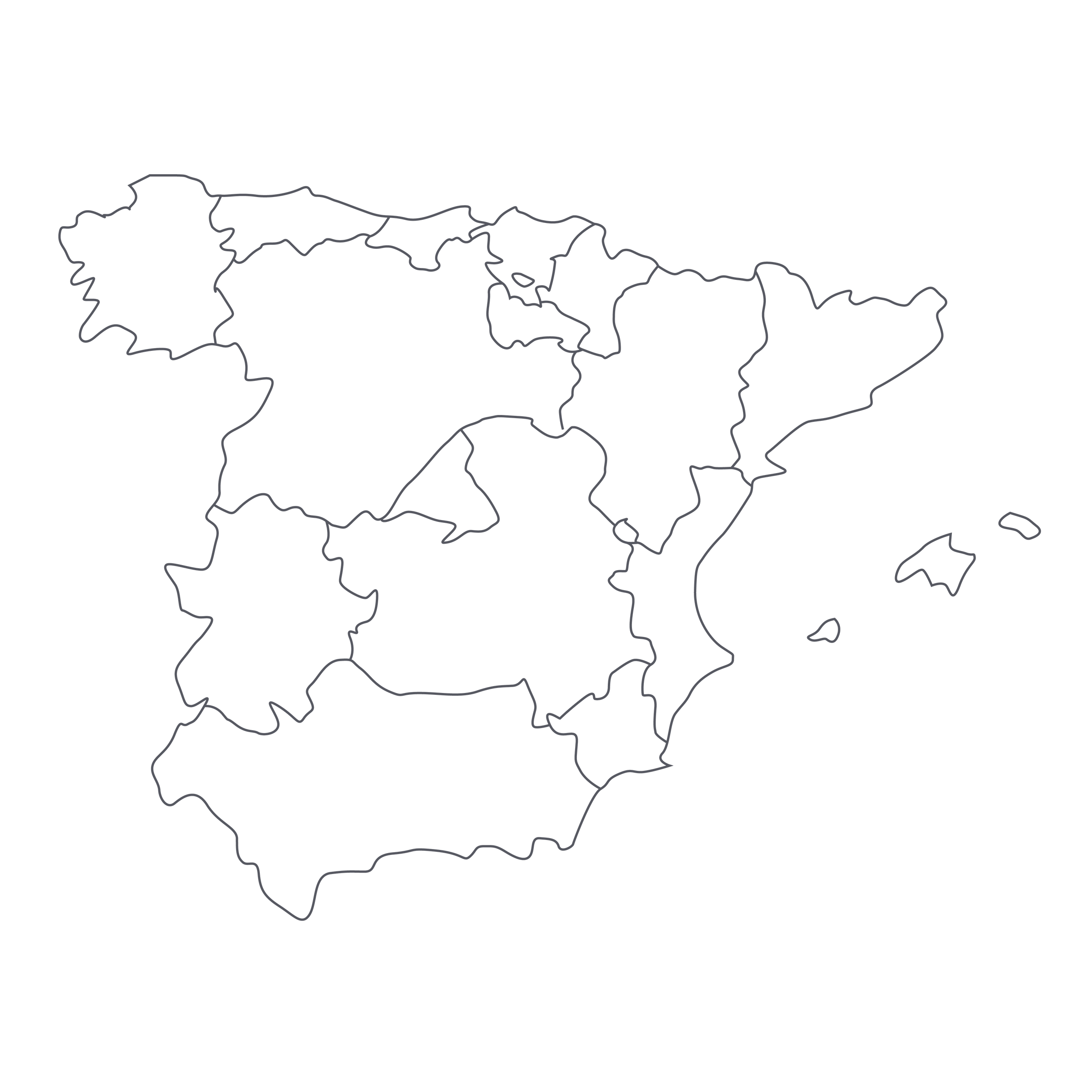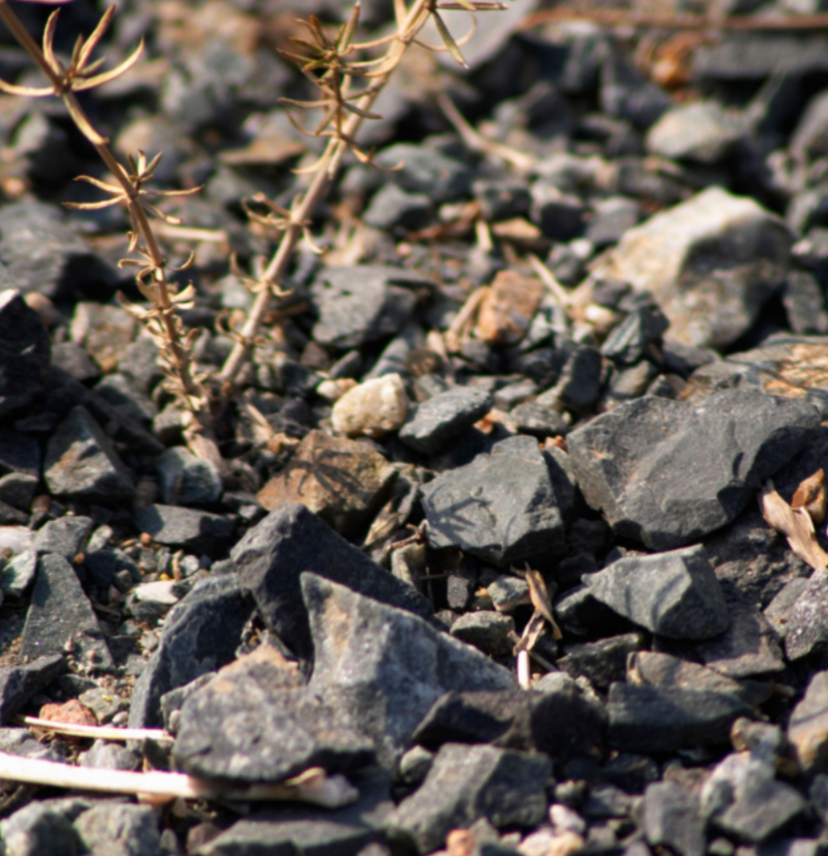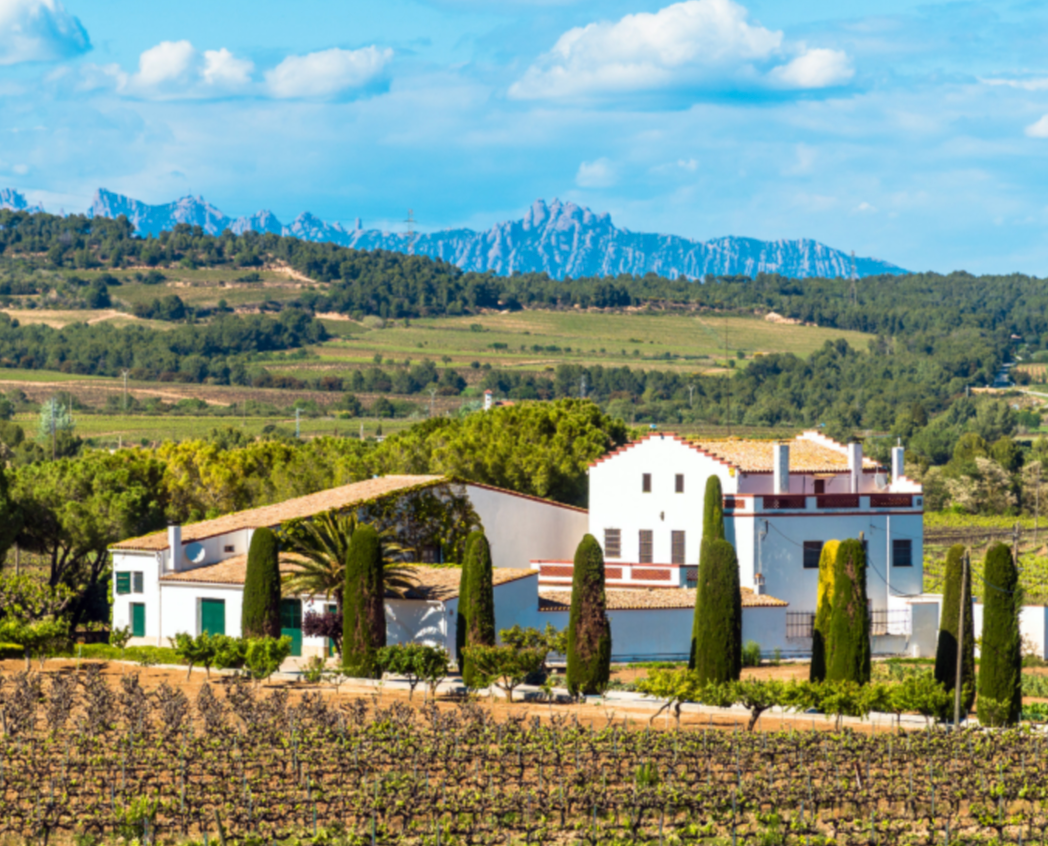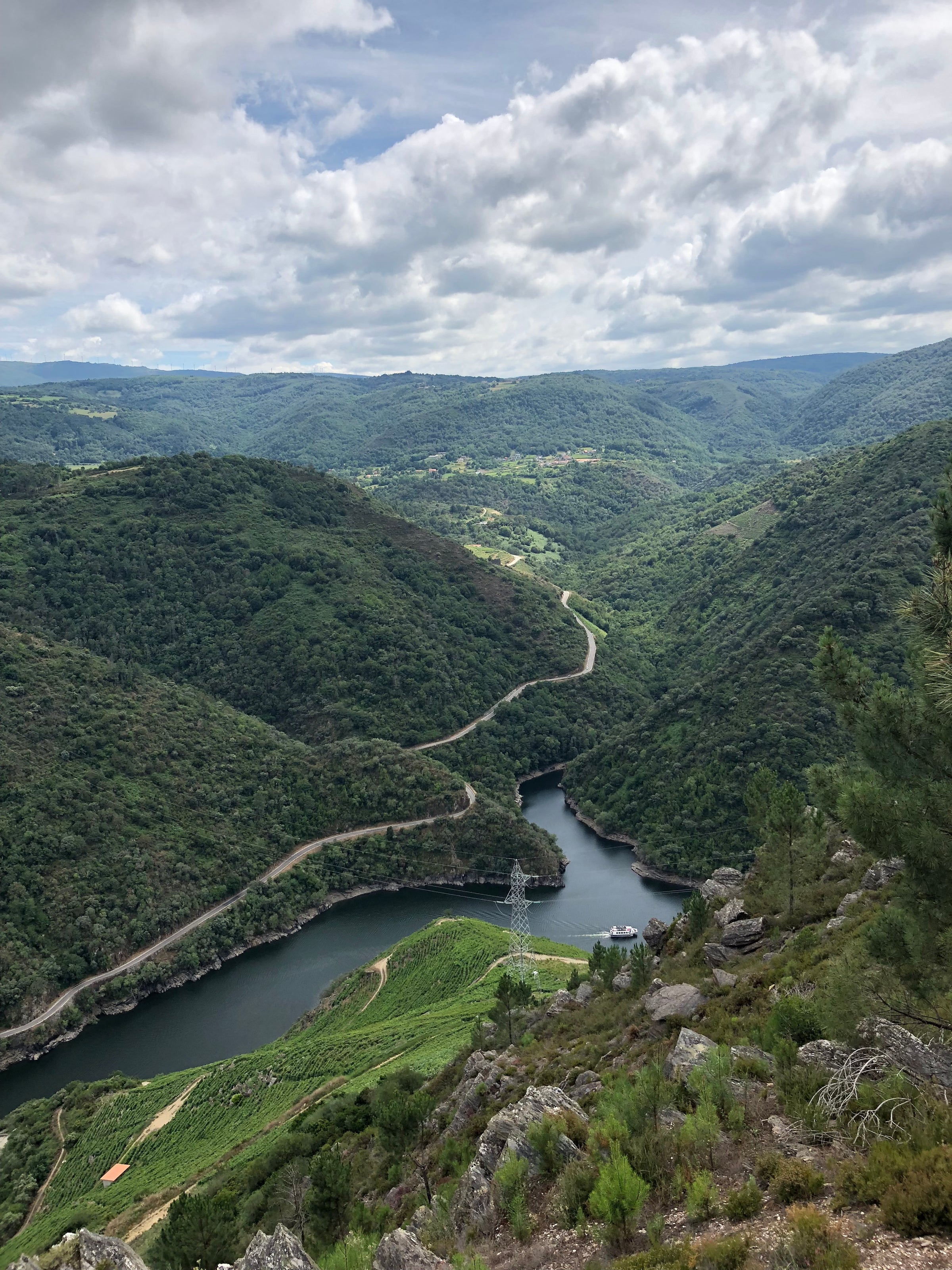Although the land of Priorat was already cultivated with vines before the Romans arrived to mine the land for lead and silver, Priorat only recently went platinum thanks to Rene Barbier and his quartet of winemakers who set up the Gratallops Project in 1989. After each five winemakers crafted a wine from the Gratallops hillside in Priorat, the region pretty much went into orbit. Within twelve years, Priorat garnered Spain’s DOCa designation, a top designation which had only been held by Rioja previously. Needless to say, Priorat wines garner ample attention and demand some of the highest prices in all of Spain. Thankfully, the quality lives up to the reputation in every way.
Priorat, which translates to, “land of the priory,” was cultivated by Carthusian Monks in the mid-1100s. The Garnacha and Carineña vines that dominate the vineyards are incredibly old and are complemented by rows of Bordeaux varietals that were planted by the French during the phylloxera epidemic due to the lack of the phylloxera louse in the area. From what I have heard, the wine was then brought to France and sold as Bordeaux. The vineyards are perched across steep, staggering terraces over Llicorella (yee-kor-ey-ya) soils, which consist of striking schist and black slate soils that bring a unique minerality to the wines unlike anything else in the world.
Our wine today hails from Porrera, which is one of the nine villages of the appellation. The easternmost commune of Priorat, it enjoys more of a Mediterranean influence and therefore possesses more freshness while still retaining the dense luscious fruit of its appellation. The 2010 Porrera Vi de Vila is made from century-old Carignan vines (locally called Cariñena) with a splash of Grenache (Garnacha) and is a perfect example of the Priorat style, which is typically a blend of the 2 varietals. Bordeaux varietals seem to be losing popularity there and most winemakers I spoke with do not consider them classic varietals; many are replanting these vines. Vall Llach was started in 1991 by the famous Catalan singer-songwriter, Lluis Llach. Under the guidance of a great team, including superstar winemaker Sara Perez, the winery has focused on incredibly small production in an effort to maintain quality and the personal connection to the old vines.
This wine is a deep, opaque purple moving to a magenta rim. The nose is full of ripe black and blue fruits: preserved blackberries, blueberries, black cherries and fig, laced with licorice , black rocks and violet candy. The palate is rich and dense while delivering flavors of juicy wild blackberries and boysenberries intertwined with damp forest floor, wild herbs and fresh flowers, which is only enhanced by the incredibly deep Llicorella minerality on the finish. Thanks to the heavy schist and black slate soils, the minerality in this wine is unparalleled around the world. The finish is long and luxurious with excellent structure and surprising acidity for its alcohol content. This wine should be decanted for 30 minutes and served just above cellar temperature (55-60F) in a large Bordeaux stem. Temperature is key due to the high alcohol in the wine. Ideally serve this with slow roasted meats to match the ample bounty of the wine. For a pairing that was one of my favorite experiences in Priorat, try this “
Porc Guisata Amb Fruita Seca,” a Catalan specialty of roasted Pork Shoulder and dried fruits. Luckily, I somehow found the recipe; it is incredible and perfectly complements the wine.





